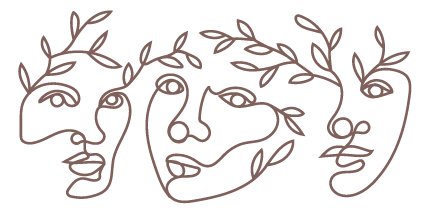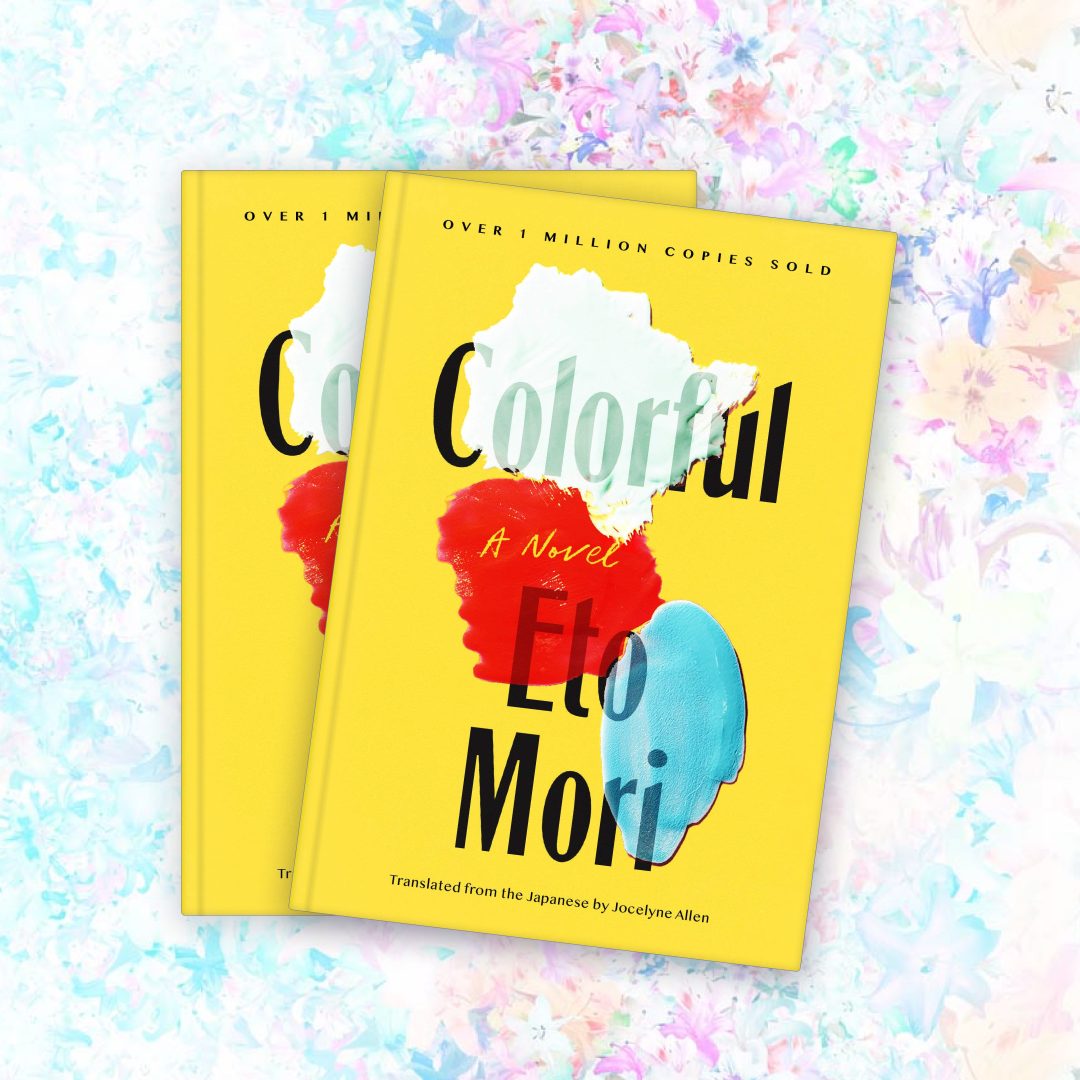Colorful: A Review
Official book cover for the English translation of Colorful by Eto Mori. Graphic by Libbe Phan
The world is essentially a broken place, filled with misunderstood people. This understanding of the world is critical to Eto Mori’s Colorful.
Originally published in 1998, Mori’s Colorful is a classic in Japan and has sold over a million copies worldwide. It has been translated into seven languages and has even been adapted into three films, a stage play, a manga, and an anime. Yet, it wasn’t until 2021 that an English translation of the book became available, thanks to the skill of interpreter Jocelyne Allen. This is also the first book from Mori to be translated into English, making it the introductory text for English language readers to one of Japan’s biggest literary stars.
Colorful opens with a soul learning it won a lottery to be reborn. An angel by the name of Prapura explains that in its previous life, the soul committed a crime so foul that it would be typically removed from the cycle of rebirth. The lottery provides the soul with one more chance to prove itself worthy of remaining in the cycle and the soul must prove itself worthy during a homestay in which it’ll take over the body of a recently deceased individual.
Right from the beginning, the reader gets a sense of Mori’s trademark humor, when the soul tells Prapura, “Thanks for the offer, but I’ll pass” before going on to compare the lottery award for a new chance at life to that of someone winning a ticket to Hawaii. While it can be assumed that most people would be excited to win a trip to Hawaii, the soul explains that it would rather stay home and sleep, presenting the reader with an ironic situation and a lazy protagonist.
However, Prapura and his boss have already decided that the soul will complete its homestay.
This is when the reader meets Makoto Kobayashi, a fourteen-year-old who recently committed suicide after learning of his mother’s infidelity, his father’s hypocrisy, and his crush’s affair with a middle-aged man. Even before learning these three things, Kobayashi lived a difficult life, dealing with a bully of an older brother, isolation at his school, and a deep insecurity over his height.
Initially, the soul is turned off by the family and wants to defend Kobayashi from these people and the situations that pushed Kobayashi originally over the edge. He becomes a new version of Kobayashi, shocking Kobayashi’s classmates and family with his boldness, attempts at being stylish, and effort to make friends. Prapura chastises the soul, saying he has done nothing to improve himself other than continuing Kobayashi’s passion for art. Yet as the book progresses, the soul does become more empathetic as it learns that the people and situations that had upset Kobayashi were for the most part misunderstood. He sees how much Kobayashi’s family does love him and begins to value life more as he befriends a classmate of Kobayashi’s.
Ultimately, the story ends on a surprising but heartwarming ending, teaching readers that life is worth living. There are people in Kobayashi’s life who love and care about him deeply. The soul sees all of this and realizes that love for the people in your life is what makes life enjoyable and worth living. He learns that the original situations which had distressed Kobayashi were misunderstood.
In the afterward, Mori explains that Colorful was originally her attempt to reach Japanese teenagers and to help them cope with the difficulties of their lives. She knew that teenagers are often busy and stressed out, so she wanted to create a book that dealt with a serious topic in a comical way to draw them in – thus, explaining her humorous touches throughout the book. This mixture of understanding and humor proved to be a winning combination in Japan. Mori shares that “ever since Colorful was first published, many young readers and their families have reached out to me with unforgettable messages” such as a girl who stopped considering suicide and another who used to lock herself up in her room and skips school but eventually returned to class after reading Colorful. Mori’s goal with the English translation is to reach even more teenagers and help them realize life is worth living.
Whether or not this book will resonate with English language readers as well as it did with Japanese readers is still to be decided, but for now, it is an interesting look at society and a great introduction to one of Japan’s literary stars. Hopefully, it will help future English language readers take a second look at life and how often our terrible situations are huge misunderstandings.



